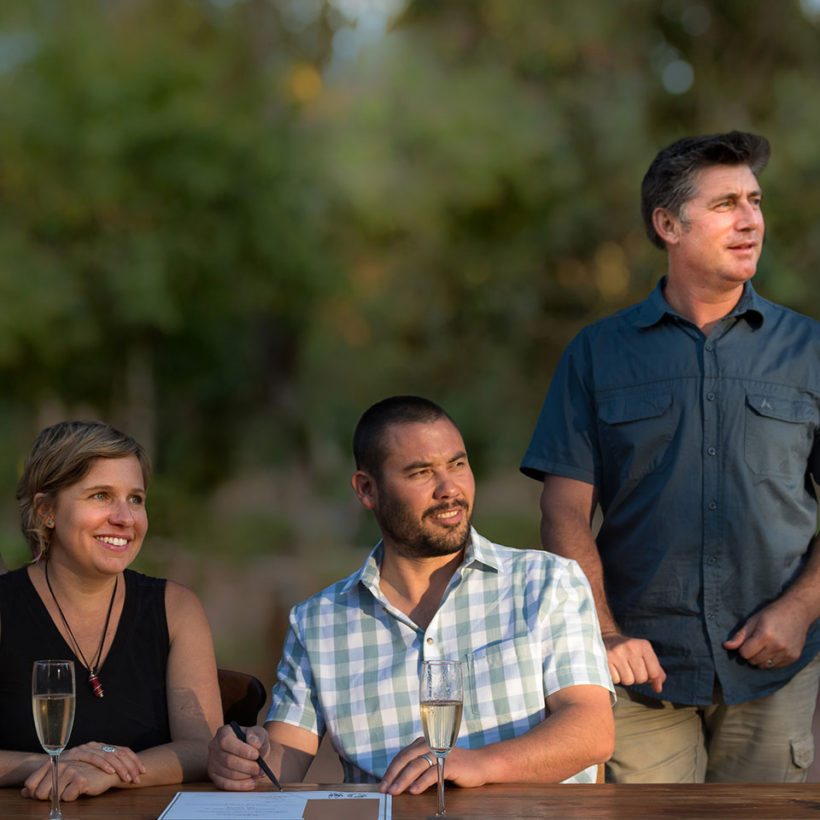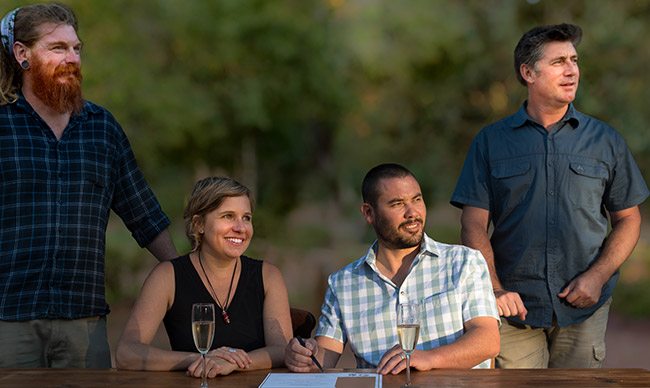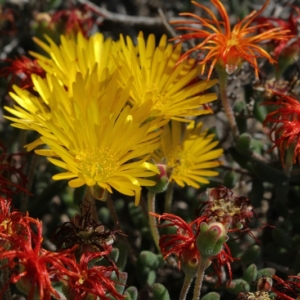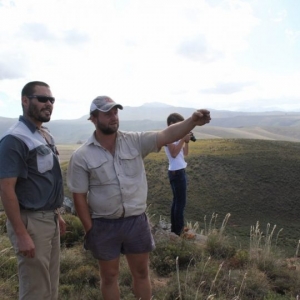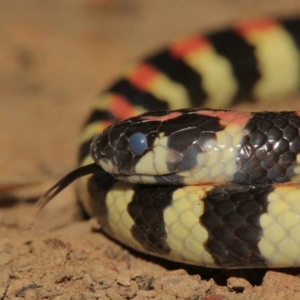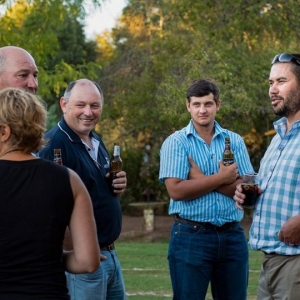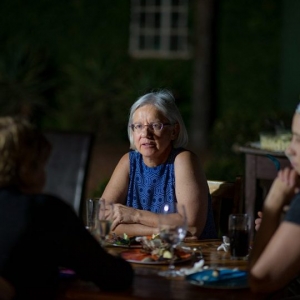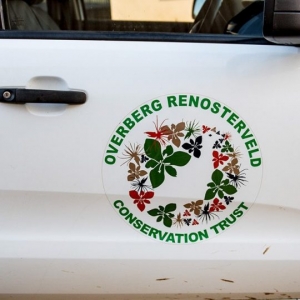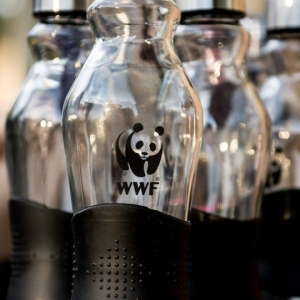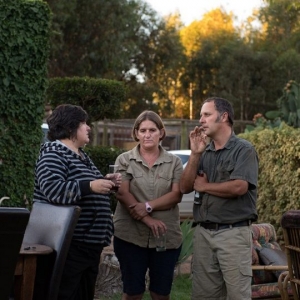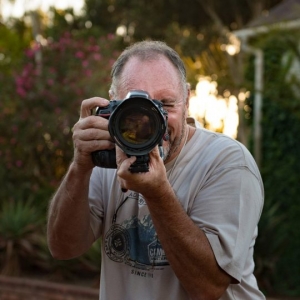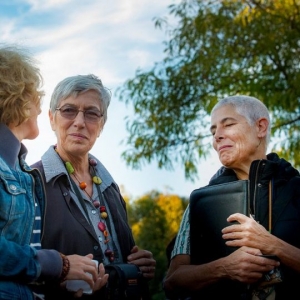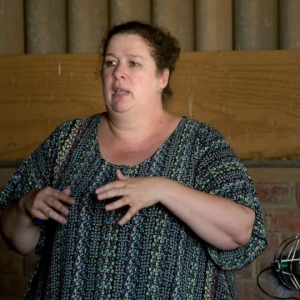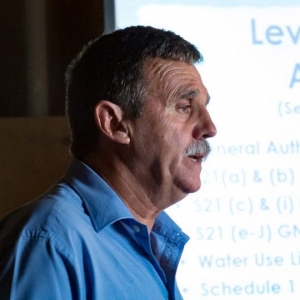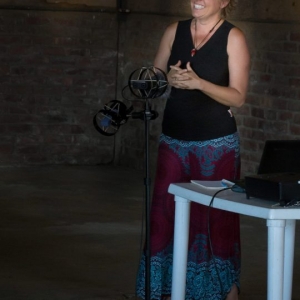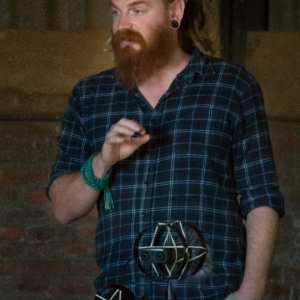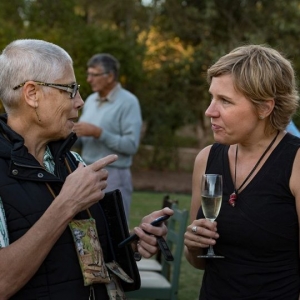The first conservation easement has been signed in South Africa that is focused specifically on protecting Renosterveld.
WWF-South Africa has signed with a Caledon landowner, MG Lötter. The Overberg Renosterveld Conservation Trust (ORCT) will manage the easement and provide the management support to Lötter and landowners who sign up in future.
Through this innovative form of conservation on private land, part of the largest area of Western Rûens Shale Renosterveld left in the world (370 hectares) will be protected in perpetuity.

New to South Africa
Conservation easements or servitudes are a fairly new concept in South Africa, although they have been used internationally. A servitude is attached to the title deed, which is binding on the successor in title. A management plan is attached to the servitude, providing support to landowners and identifying priority management interventions. The ORCT then assists with the implementation of these interventions.
Conservation easements offer landowners an easy and accessible opportunity to conserve their land. The servitude is placed over the entire farm, with areas demarcated for conservation and agriculture. The land does not need to be rezoned, as is the case with many other protected area proclamations.

Dr. Odette Curtis, Director of the ORCT, said that the signing is the first of hopefully many conservation easements. “Most farmers want to do the right thing on the natural vegetation on their farm. They know that the Renosterveld patches on their properties are where the wildlife is found – giving life to their properties. But they didn’t always know how to commit to protecting these patches. We hope that other farmers will be inspired by this positive commitment that MG has made.
“Through conservation easements, it is now so much easier to commit to protect your land. We’re thrilled to be part of this innovative approach with wonderful partners.”
Supporting landowners in 2017
According to Jan Coetzee, WWF-SA’s Manager: Land Programme, “Most of South Africa’s biodiversity rests in the hands of private landowners. For us, it’s vital to ensure our conservation approaches meet the requirements of a landowner managing his land in 2017. Easements meet those requirements.”
Dr. Curtis said the ORCT is working with a range of willing and eager landowners across the Overberg. The aim is to start with protecting the largest areas remaining of the four types of Renosterveld in each of the areas that they still occur.
The signing was celebrated on 8 February at Lötter’s farm, Klipfontein. The event was attended by landowners, LandCare (Department of Agriculture, Western Cape), the ORCT, WWF-South Africa, and the Breede-Gouritz Catchment Management Agency. Funding support has been provided by the Table Mountain Fund and WWF-SA.
Photo credit: Wessel Wessels.

